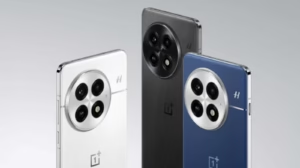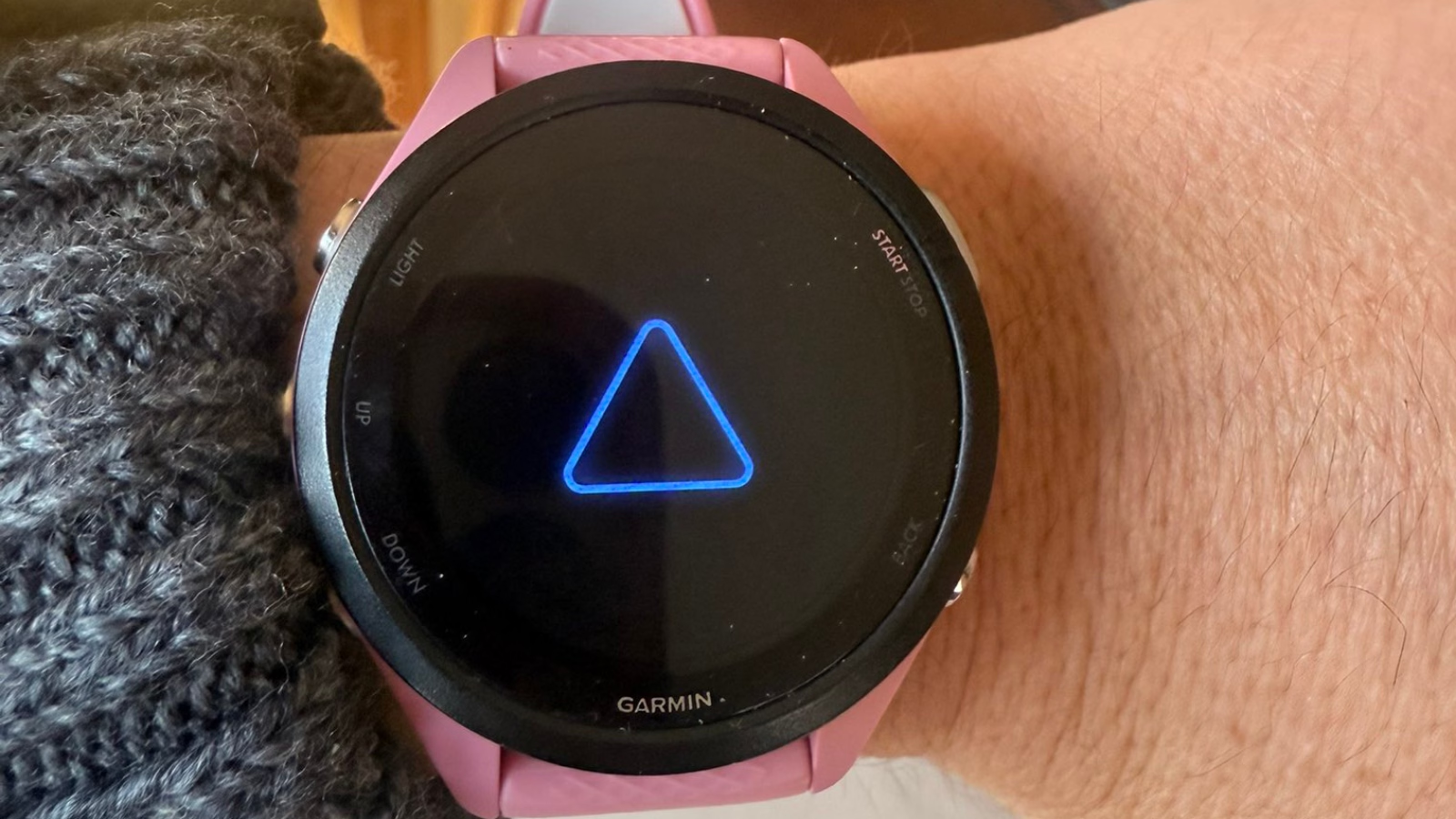Google Maps has embarked on a transformative journey to reshape how users interact with maps, introducing an advanced feature known as Immersive View. This innovative tool is designed to enhance navigation and exploration by providing a detailed, multidimensional view of routes and destinations.
Key Highlights:
- Immersive View is now available in 15 cities, offering a blend of AI and high-resolution imagery to deliver a comprehensive view of routes.
- The feature integrates weather, traffic information, and more into a single view for various modes of transportation, including walking, biking, and cycling.
- Google utilizes billions of high-resolution images from planes, Street View cars, and Trekkers, stitched together using advanced photogrammetry techniques.
- Machine learning and AI are employed to label objects and elements within images, such as sidewalks, street signs, and building entrances, enhancing the navigation experience.
- The transition from 2D to 3D imagery is achieved through state-of-the-art aerial camera systems, creating a detailed model of the world’s terrain and structures.
- Immersive View aims to provide a realistic and helpful route overview, employing techniques like occlusion to enhance the visual representation of paths.

Building Immersive View: A Technical Odyssey
The development of Immersive View for routes in Google Maps is akin to assembling the world’s largest jigsaw puzzle. By collecting billions of images from various sources and meticulously aligning them with existing map data, Google has managed to create a seamless, integrated view of the world. The use of machine learning and AI to process and label the vast amounts of imagery is a testament to Google’s commitment to providing useful, context-rich navigation aids. The transformation of 2D images into a dynamic 3D world not only enriches the user experience but also sets a new standard for digital mapping technologies.
Leveraging AI for Enhanced Realism
The core of Immersive View’s realism lies in the application of neural radiance fields (NeRF), an AI technique that converts photos into 3D representations. This method allows for the accurate recreation of environments, including their lighting and texture, offering users a vivid preview of their destinations. Initially rolled out in cities like London, Los Angeles, New York, San Francisco, and Tokyo, Immersive View is set to expand to additional cities, including Amsterdam, Dublin, Florence, and Venice.
Summary
Immersive View represents a significant leap forward in digital mapping, providing users with an unparalleled view of their surroundings. By integrating AI and machine learning with sophisticated imaging techniques, Google Maps has created a tool that not only simplifies navigation but also enriches the exploration experience. As this feature expands to more cities, users worldwide will have the opportunity to navigate and explore with an unprecedented level of detail and realism.


















